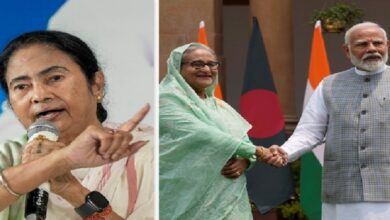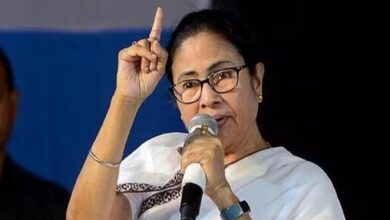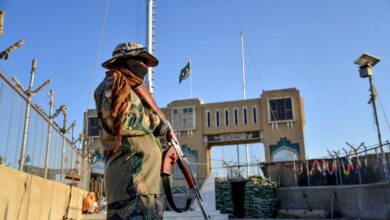Nepal, India agree to formulate modality to supply electricity to Indian states via Bihar
Nepal and India have agreed to formulate a modality to enable Nepal to export power to multiple Indian states by using the infrastructure owned by the neighbouring Indian state of Bihar.
The 14th meeting of the bilateral Power Exchange Committee held in New Delhi on Friday decided to prepare the modality under which the transmission infrastructure of the Bihar state of India will be used to carry Nepal’s electricity to the central grid system of India and deliver Nepal’s electricity to different Indian states.
The decision is expected to open up avenues for the Nepal Electricity Authority (NEA) to tap new markets in the energy deficit country. “It will ensure additional markets for Nepal’s surplus energy during the wet season,” Managing Director Kul Man Ghising was quoted as saying in an NEA statement.
The agreement was reached between Ghising and Ashok Kumar Rajput, member (power system) of India’s Central Electricity Authority.
Nepal is connected to Bihar through Kushaha-Kataiya and Raxaul-Parwanipur transmission lines. The 10th meeting of the energy secretary-level Joint Steering Committee held last month, had agreed to complete the construction of the second circuits of both cross-border lines by March and April this year.
The committee also finalised the rate for the electricity import and export through the 132kV line at INR 7.21 (Rs 11.54) per unit. Ghising said the rate has been fixed and will be applicable for both imports and exports.
The rate fixed in 2019-2020 had not been revised since. The Indian side has been imposing an additional 5.5 percent charge for Nepal annually for the import, citing inflation.
“It has been agreed to adjust the billing done in the past. The Nepal Electricity Authority will receive a Rs496 million benefit by the decision,” said Ghising.
“The new rate is not on a take-or-pay modality. We have to pay the rate, only if we purchase electricity. This rate is cheaper than the current Indian market and we will get the same rate even during export.”
When the NEA made its first-ever effort to buy electricity from India through competitive bidding for long-term power supply in December last year, the Indian companies had proposed to sell power to Nepal at Rs 7.50 and Rs 8.70 per unit for February-March and April-May, respectively.
The prices they quoted are higher than the rate agreed between Nepal and India during the Power Exchange Committee meeting.
Nepal has to rely on imported electricity during the dry season which starts in December and lasts until May. The NEA expects to be self-reliant on electricity in both dry and wet seasons by 2026.
Buying electricity from India’s competitive market has been even more expensive. Up to INR 12 per unit has to be paid for the power on which an additional 1.5 Indian rupees is added towards tariff for transmission charges, according to the NEA. “Hence, the rate fixed, at present, is cheaper than others,” the power utility was quoted as saying in the statement.
The NEA has been importing electricity from India’s Bihar, Uttar Pradesh and Uttarakhand as per the electricity exchange agreement. Only Bihar and Uttar Pradesh are connected to Nepal through 132 KV transmission lines.
Nepal imports electricity from India under three separate agreements. Nepal can import power from India based on the power exchange agreement, Mahakali Treaty and open competition in the Indian power market. The electricity purchased in the open market is being imported through the 400kV Dhalkebar-Muzaffarpur cross-border double-circuit transmission line. Nepal also sells electricity in the Indian market through this power line.
Electricity is imported to Nepal through other power lines under the power exchange agreement and Mahakali Treaty. Nepal has exported electricity worth Rs8.4 billion to India in the current fiscal year to date, according to the NEA.




